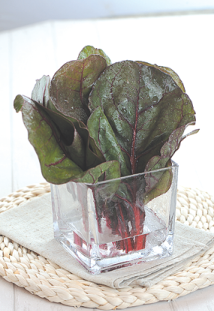 |
|
To provide diners good food, the restaurant transports beef and lamb from its Inner Mongolia daily, but sources vegetables from Beijing.[Photo provided to China Daily] |
On the vast grassland of Inner Mongolia, nothing is better loved in hotpot than lamb, since Mongol soldiers invented hotpot when they simmered soup with lamb in their upturned helmets over campfires, she says, adding that whether or not this is merely legend is immaterial.
In China there are myriad hotpot variants distinguished by the flavors of the pot broths, including Sichuan-style spicy hotpot, Guizhou province's hot, spicy and sour fish hotpot and Inner Mongolia's light-flavored hotpot. They developed in distinct geographical and cultural environments.
If Sichuan's hotpot is the most popular variety nationwide, then Inner Mongolia's can be said to be one of the most popular in North China.
The major differences between Sichuan and Inner Mongolian hotpots, as with other hotpots, are the ingredients used to make the broth, such as whether to use chili and Sichuan pepper, as well as the foods that go into the pot.
Sichuan hotpot is famous for having animal innards such as pig brain and goose intestine, while Inner Mongolian hotpot has a larger choice of lamb and beef.
"We have lived on the grasslands generation after generation," Wan says. "We know how to herd sheep and cows, and we know the best way to eat them."
Arong Town Hot Pot opened a couple of weeks ago and already has a wide following, to the extent that a few local customers enjoy its hotpot every day. That is easy to understand once you sample its offerings.
Chinese often say the best lamb or mutton is that which has no fishy smell, and is delicious even eaten without spices or sauces.
|
|
|
|
|
|
|
|
